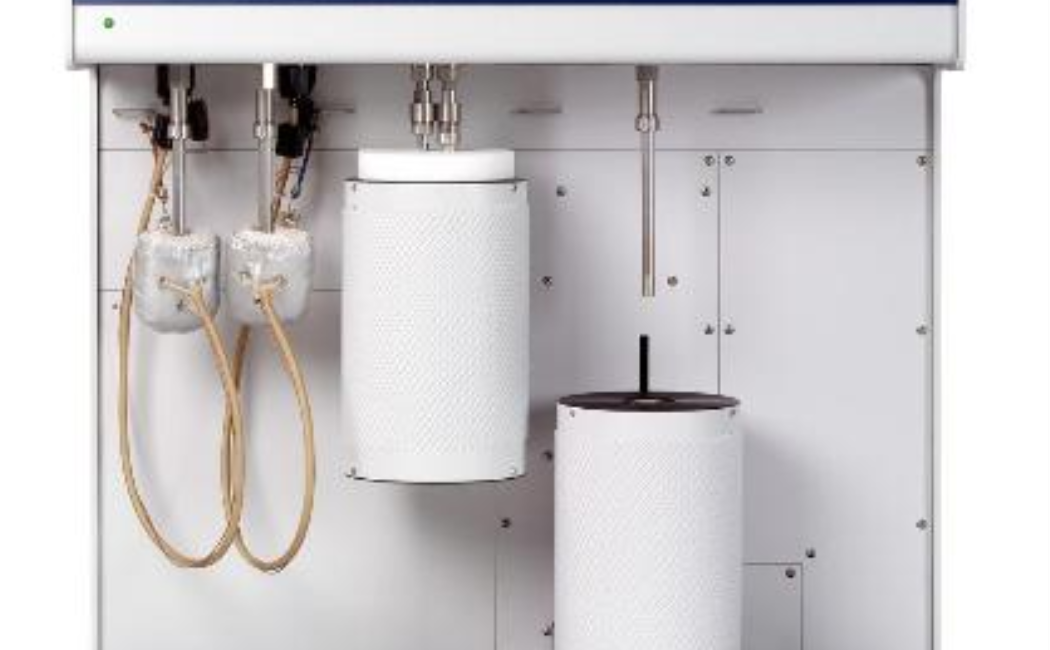


Typical ASAP® 2050 Applications
The performance of the metal hydride is characterized by its hydrogen storage capacity (adsorption) and subsequent release (desorption) of hydrogen. The adsorption capacity of alkaline-exchanged zeolites is a key parameter for the design and optimization of pressure swing adsorption processes. The active surface area and porous structure of catalysts have a great influence on production rates. The ASAP 2050 is also useful in generating surface area and porosity data for materials such as nanotubes, activated carbons, and ceramics.
Standard ASAP Features
The ASAP 2050 includes powerful data reduction software to provide a variety of easy-to-interpret report options. This allows tremendous flexibility in the selection of analysis constants to best fit your specific application. All ASAP models have the capability to collect data over a prescribed segment of the pressure range, or to perform adsorption and desorption analyses over the entire pressure range, providing extensive surface area and porosity information.